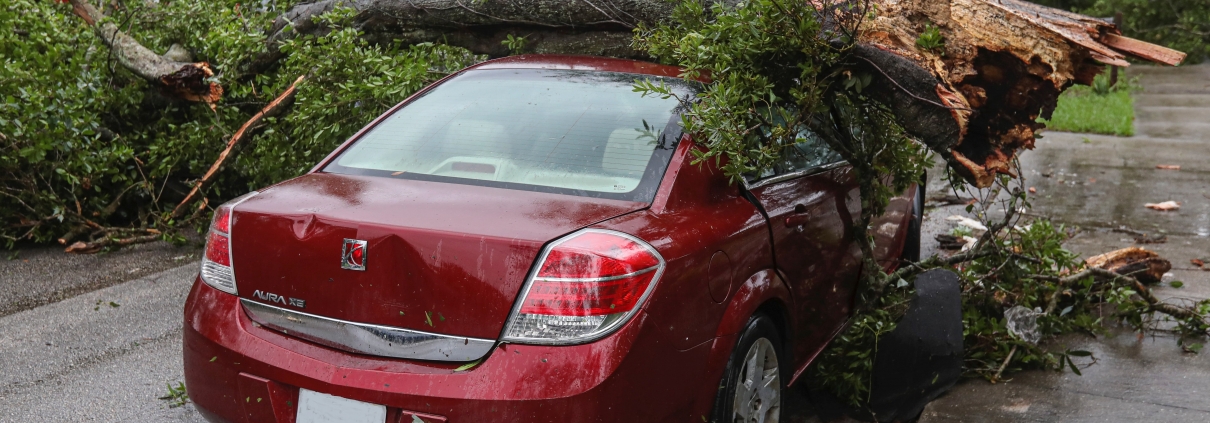Fires & Floods. It’s Time to Spring into Action
It seems that everywhere I look lately there are real examples of significant and unexpected change to the relative normality of life. This is no more evident than in the Covid 19 pandemic that has swept across the world over the past twenty months and impacted so many in ways that were unforeseen only two years ago. And yet, some things, like fires & floods are seasonal and predictible, which is why it’s time to spring into action.
During the most recent lockdown experienced here in Victoria, we have been privileged to watch the Paralympics. Each athletes individual sporting performance and achievements are very impressive but for so many, their backstory reminds me of just how quickly circumstances can change.
It is often said that the only constant in life is change and where this change is positive, it is embraced but unwelcome change is not embraced and rarely considered. We don’t like to think about the unthinkable and we rarely plan in advance in detail to overcome it when it occurs.
As we move into Spring, we will experience welcome changes in the weather. Warmer temperatures and blue skies will be more conducive to the outdoor lifestyle, exercising and preparing our properties for Summer. We welcome this change. But with Spring and then Summer comes erratic wind, extensive periods of heavy rain and scorching heat. The Bureau of Meteorology is predicting above-average rainfall for Spring. These scenarios impact families and businesses by diverting attention away from day-to-day activities to unexpected activities such as cleaning up, repairing flood, storm or fire damage and implementing workarounds to maintain production and distribution.
Preparation for unexpected weather-driven events like fires & floods, is a risk to be managed utilising your risk management process.
Firstly, identify the risks. What are the possible weather-driven risks that could impact on you and how might that impact be realised? For example, are there tall trees that could fall during a strong wind event resulting in damage to buildings or an employee’s car in the carpark?
Secondly, analyse the risk. What is the likelihood of the identified risks occurring and what are the possible consequences? The risk can be assessed using your risk assessment matrix giving due consideration to such things as lost-time injuries, structural damage to buildings, power outages and denied access.
Thirdly, attend to the assessed risks in order to reduce the risk and avoid unexpected events. In the context of weather-driven events, this may include pruning trees, clearing drainage systems of silt and rubbish, securing loose objects, ensuring suitable access for emergency services and having the conversation with family members or employees at Health and Safety forums about looking after their safety and the safety of others in the event of an unexpected weather event.
The final step in the process is to review the risk to ensure that the actions taken have reduced the risk to a level that is acceptable, any maintenance required to provide ongoing management of the risk is included in maintenance plans and any residual risk which has the potential to interrupt business flow such as energy outages is addressed in your Business Continuity Plans.
It is not a matter of IF but a matter of WHEN the next unexpected weather event will occur. Vigilance to the extreme weather warnings issued by the Bureau of Meteorology will compliment thoughtful planning and make it possible to endure these events with minimal impact.
Nuffield has spent decades developing expertise in the risk management space and provides a range of services to help organisatons become resilient.
If you’re interested in finding out more about the risk management services our Integrated Emergency Management & Recovery team provide, then Contact us via the form on this website; email us direct at nuffield@nuffieldgroup.com or call 1300 308 257 or +61 404 852 062

 mick-haupt-XTZHvQ9MUKI-unsplash
mick-haupt-XTZHvQ9MUKI-unsplash Photo by CDC on Unsplash
Photo by CDC on Unsplash Photo by Scott Blake on Unsplash
Photo by Scott Blake on Unsplash